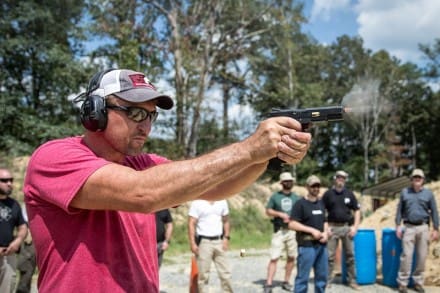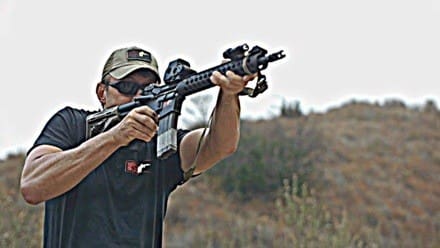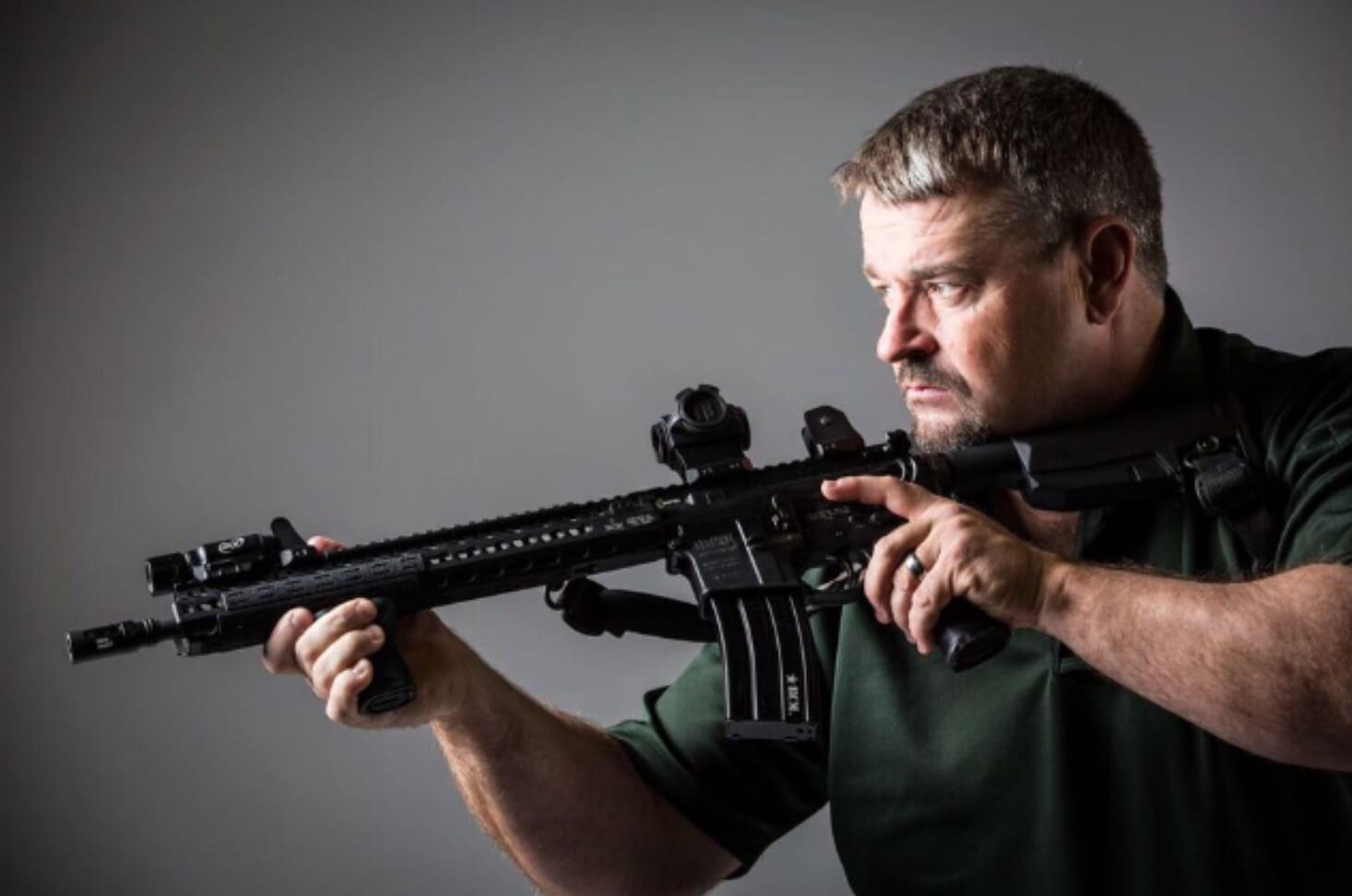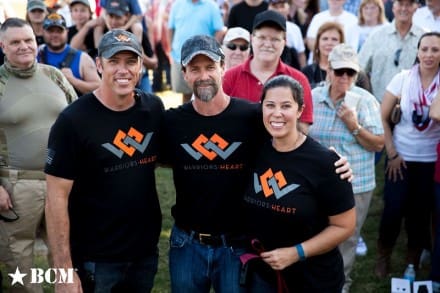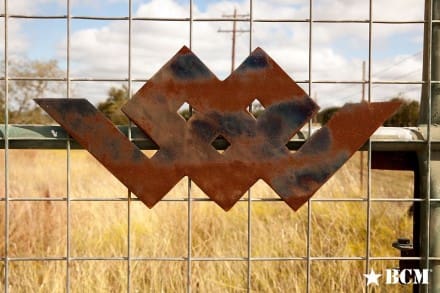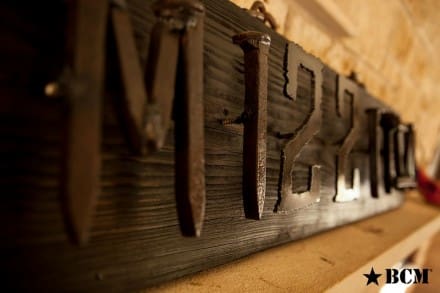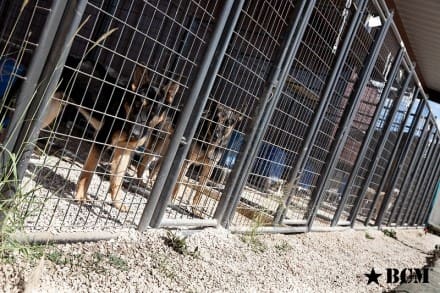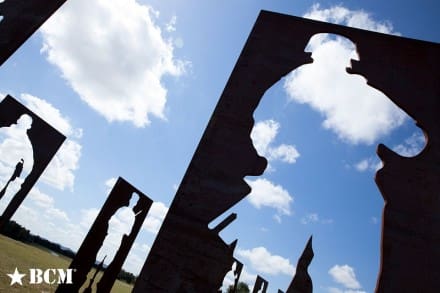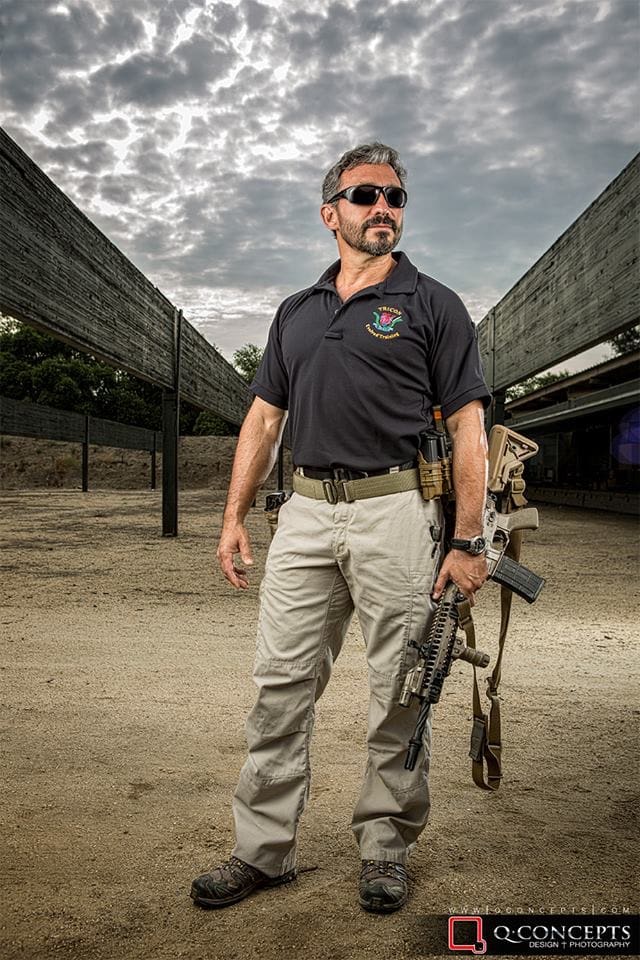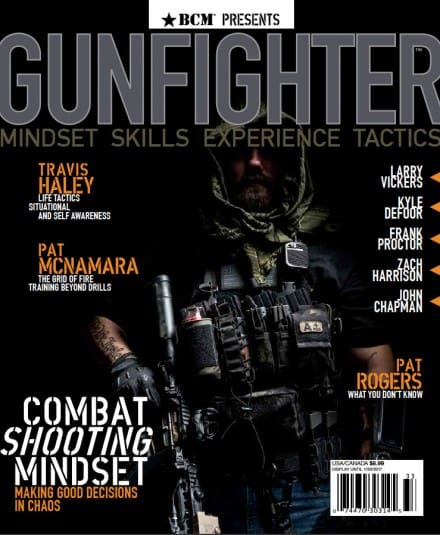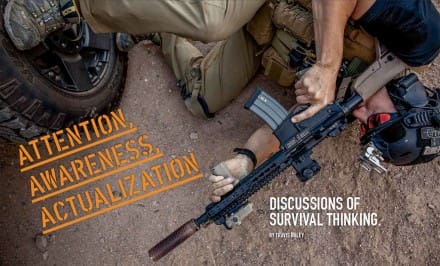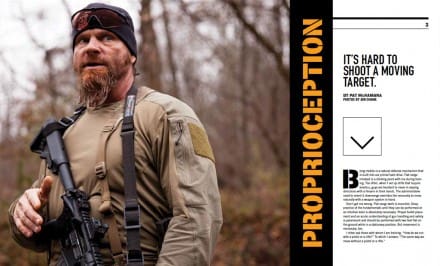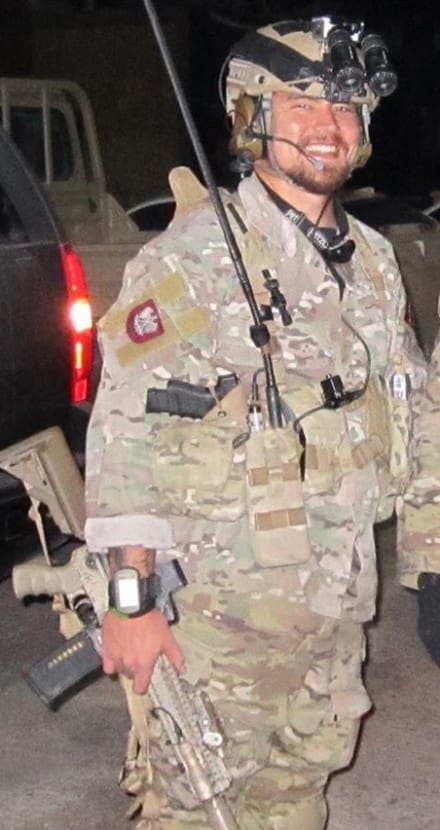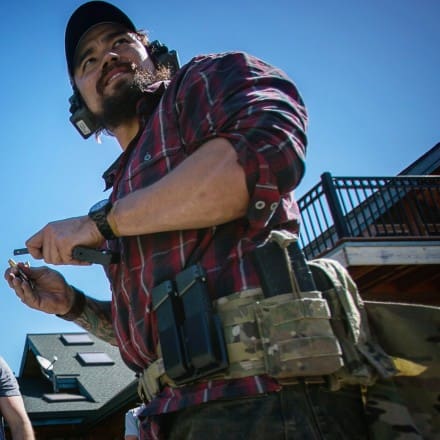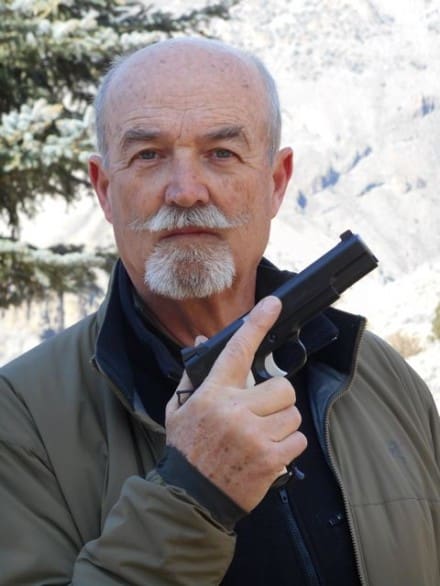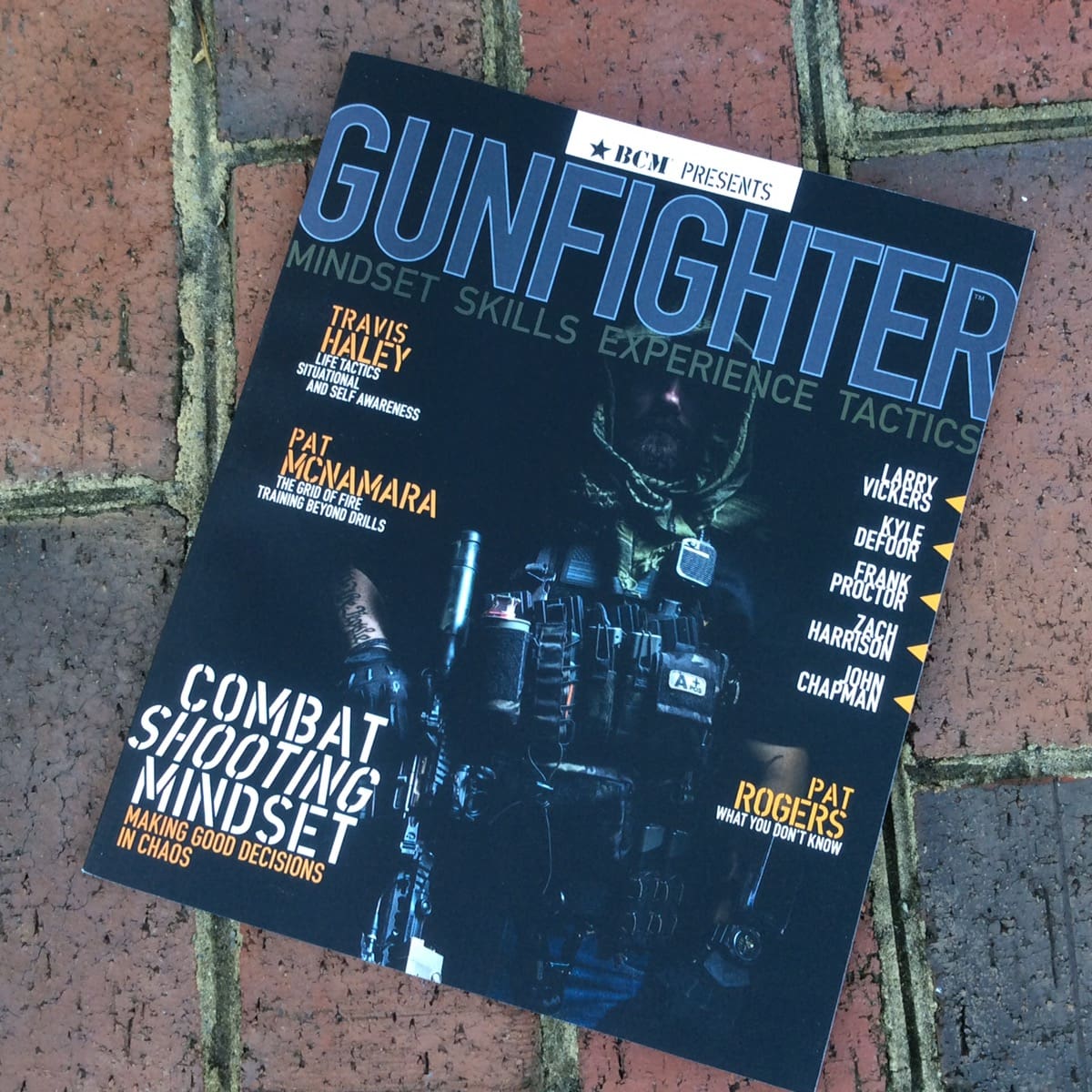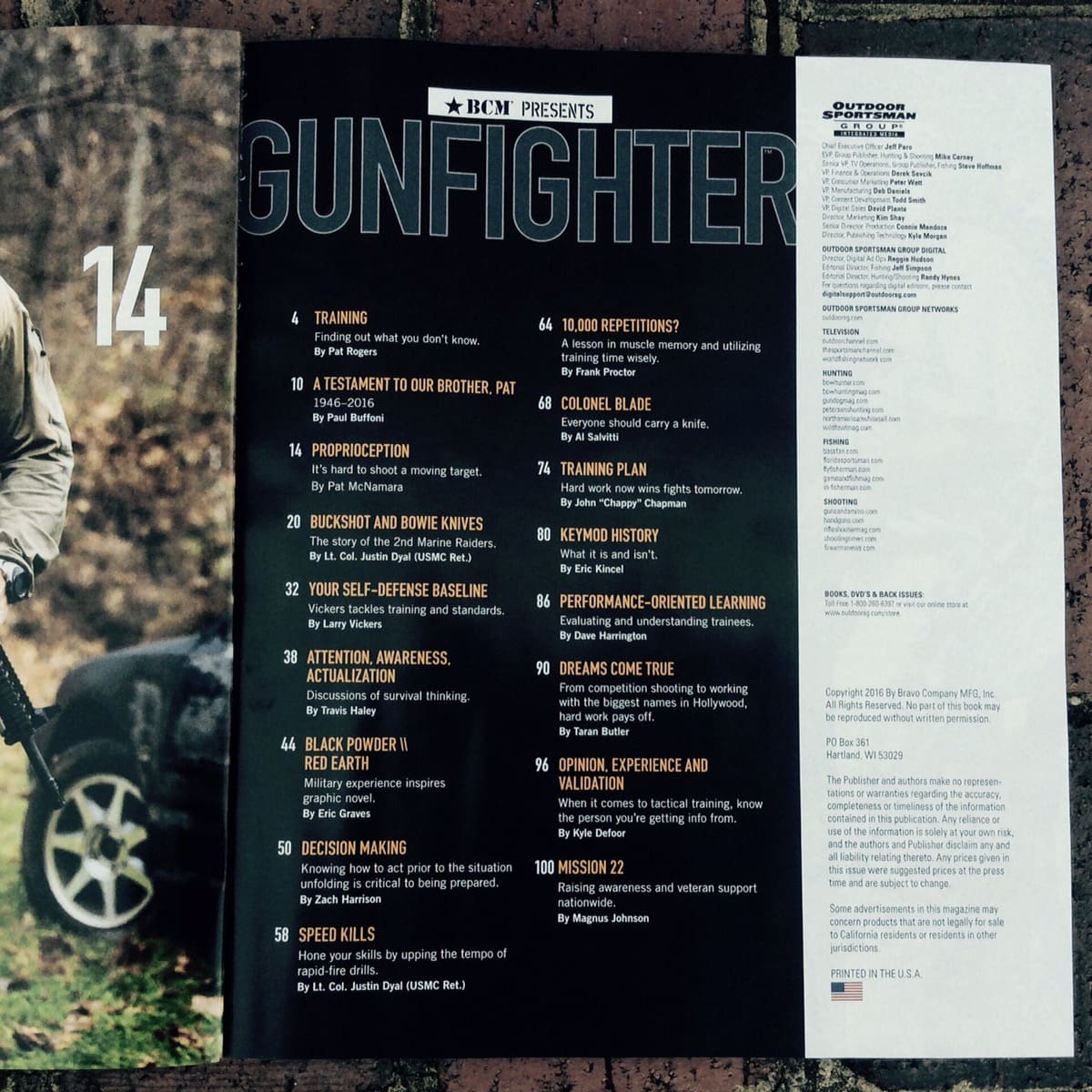Yesterday I was training with some guys and had them shooting what I call Performance Grouping at 50 yards. (we do it at other shorter distances too but 50 yards shots are a very real possibility in the practical applications of pistol shooting) In the exercise I push shooters to put 5 rounds on target as quickly as they can. Being able to group well on small targets is important but I think the time factor is a very real thing in the practical application of pistol shooting. I typically look for shooters to get 5 hits on a piece of 8.5×11 copy paper at 25 yards in 6 seconds or less from the holster.
Back to yesterday at 50 yards. During the exercise a guy came up to me and said…man my front sight is so big I can’t see the target at this distance. That’s a problem folks. We were shooting at 14 x 20 ish steel roughly the size of a man’s chest. I looked through his sights and sure enough the front sight covered the entire target at that distance, makes it hard to aim at what you can’t see. This is a problem that a lot of pistol sights cause especially the night sights. He was using a very popular style of night sight that offers tritum and some bright orange paint. The front sight is .135” wide. In my experience as a pistol shooter and a tactical shooter night sights offer more disability to shooters than capability. The front sights are generally too big and the rear notch is also very big and allows too much room for sight mis-alignment which is the biggest problem for pistol shooters on small targets. Another disadvantage of most night sights is there is no contrast in the font and rear i.e. 3 dots that all look the same. Our eyes see extremely fast but the 3 dot sight slow the eyes down because they have to interpret what they are looking at (which of the 3 dots is the front and which is the rear) From spending a lot of time with my eyes behind a pistol seeing and shooting fast, I have found that a contrast between the 2 sights makes it much easier for the eyes to work at the speed they can. I prefer a black rear and fiber optic front (red for me) I have found a .115 wide front to be very durable and narrow enough that it doesn’t cover a reasonable size target at distance. I’m sure some will bash that the fiber will break and that you have to have night sights for shooting in low light. If installed correctly fiber has lasted as many as 10000 rounds for me. I’m not sure how long it would go because I replaced it at that point. As far as low light shooting: if you have to shoot at night in a defensive or tactical shooting situation, you need a light to ID what you are shooting at, hand held or weapon mounted, either one of those will show you the sights.
That’s what I’ve got for now, rock on and train to win!
-Frank Proctor
Frank Proctor has served over 18 years in the military, the last 11 of those in US Army Special Forces. During his multiple combat tours in Afghanistan & Iraq he had the privilege to serve with and learn from many seasoned veteran Special Forces Operators so their combined years of knowledge and experience has helped him to become a better operator & instructor. While serving as an instructor at the Special Forces Advanced Urban Combat Course he was drawn to competitive shooting. He has since earned the USPSA Grand Master ranking in the Limited Division and Master ranking in the IDPA Stock Service Pistol division. He learned a great deal from shooting in competition and this has helped him to become to become a better tactical shooter. Frank is one of the few individuals able to bring the experiences of U.S. Army Special Forces, Competitive Shooting, and Veteran Instructor to every class.
All this experience combines to make Frank Proctor a well-rounded shooter and instructor capable of helping you to achieve your goal of becoming a better shooter.
Gunfighter Moment is a weekly feature brought to you by Bravo Company USA. Bravo Company is home of the Gunfighters, and each week they bring us a different trainer to offer some words of wisdom.


